| COMMODITIES CORNER A Tag-along Visit with Mining Billionaire Robert Friedland comes from Tommy Humphreys at CEO.CA. He had the exclusive opportunity to report on reclusive and media-wary billionaire Robert Friedland’s recent trip around some of South Africa’s biggest potential mines. Robert Friedland is one of the most prominent players in the mining sector today. The following piece should provide some insight into the mining mogul who once mentored Apple founder Steve Jobs. |
By Tommy Humphreys, CEO.CA
Excerpted and edited from On an African dog and pony show with mining mogul Robert Friedland,
published February 17, 2014.
Excerpted and edited from On an African dog and pony show with mining mogul Robert Friedland,
published February 17, 2014.
Robert Friedland became a multi-billionaire over the past 35 years by finding and developing mining ventures on nearly every corner of the globe.
I was on a trip with Friedland last week and toured three of his latest mining projects in South Africa and the Democratic Republic of Congo (DRC). After two years of asking, he had let me tag along.
Robert Friedland is actually credited with having taught Steve Jobs about the ‘reality distortion field’ when Jobs was in college in 1972.
The ‘reality distortion field’ is a personal intensity and vision so powerful it bends people to your will, convincing them of a project’s higher purpose. Steve Jobs, as founder and CEO of Apple, managed to sell mountainous innovation, redefining the relationship between art and technology, partly because he developed this personality trait early on.
Friedland’s company spent nearly 20 years looking for platinum before finding arguably one of the best platinum ore bodies in the world: the Platreef deposit.
I was on a trip with Friedland last week and toured three of his latest mining projects in South Africa and the Democratic Republic of Congo (DRC). After two years of asking, he had let me tag along.
Robert Friedland is actually credited with having taught Steve Jobs about the ‘reality distortion field’ when Jobs was in college in 1972.
The ‘reality distortion field’ is a personal intensity and vision so powerful it bends people to your will, convincing them of a project’s higher purpose. Steve Jobs, as founder and CEO of Apple, managed to sell mountainous innovation, redefining the relationship between art and technology, partly because he developed this personality trait early on.
Friedland’s company spent nearly 20 years looking for platinum before finding arguably one of the best platinum ore bodies in the world: the Platreef deposit.
Ivanhoe Mines CEO Lars-Eric Johannson (middle), Executive Chairman Robert Friedland (right). Near Platreef, Limpopo, South Africa. Photo: Tommy Humphreys, CEO.CA
A Japanese consortium gave Ivanhoe Mines $290 million for 10% of Platreef in 2010 and 2011. The Platreef, once built, would be unlike all other platinum mines in South Africa.
Platinum production is a mess in South Africa. 73% of the world’s platinum originates there, but the average mine is a kilometer deep, where underground workers mine ore bodies just a meter thick, in blazing hot temperatures upwards of 122ºF (50ºC).
Conversely, the Platreef ore body is purported to be 24 meters thick on average which allows for air-conditioned, mechanized labor. In fact, Friedland bets that most of the project’s underground workforce will be women; they are proven to be better at operating large mining machinery, he says.
A Japanese consortium gave Ivanhoe Mines $290 million for 10% of Platreef in 2010 and 2011. The Platreef, once built, would be unlike all other platinum mines in South Africa.
Platinum production is a mess in South Africa. 73% of the world’s platinum originates there, but the average mine is a kilometer deep, where underground workers mine ore bodies just a meter thick, in blazing hot temperatures upwards of 122ºF (50ºC).
Conversely, the Platreef ore body is purported to be 24 meters thick on average which allows for air-conditioned, mechanized labor. In fact, Friedland bets that most of the project’s underground workforce will be women; they are proven to be better at operating large mining machinery, he says.
We also flew to Lubumbashi in the DRC’s Katanga province (a.k.a. the land of copper). Katanga is lush green country with reddish brown soil. Shacks, French signage, and smiling children lined the unpaved roads on which our motorcade barreled forward—Friedland riding in VIP car #1. We were finally greeted at Ivanhoe’s Kipushi Mine by a full percussion band.
“Promoting a stock is like making a movie,” Friedland once said. “You’ve got to have stars, props, and a good script.”
The Kipushi Project was the world’s richest copper and zinc mining operation for the better part of the last century. But Kipushi was abandoned in 1993, and flooded in 2011. Ivanhoe then bought it for $150 million from Israeli businessman Dan Gertler. Ivanhoe’s been dewatering the mine since; drilling will target a potentially massive zinc deposit called the Big Zinc orebody.
“Promoting a stock is like making a movie,” Friedland once said. “You’ve got to have stars, props, and a good script.”
The Kipushi Project was the world’s richest copper and zinc mining operation for the better part of the last century. But Kipushi was abandoned in 1993, and flooded in 2011. Ivanhoe then bought it for $150 million from Israeli businessman Dan Gertler. Ivanhoe’s been dewatering the mine since; drilling will target a potentially massive zinc deposit called the Big Zinc orebody.
Early the next morning, we flew to Kolwezi, where Friedland’s crew had discovered Kamoa, the world’s largest undeveloped high-grade copper deposit.
Today, the Kamoa camp is bustling, with some 300 local workers on site. The company aims for a 2018 start-up, but needs a financial partner, such as a sovereign or major miner, to come in with the cash.
Friedland expects to sell part of Kamoa to the Chinese or Koreans. The project is a behemoth that would require a smelter. But Friedland told me not to worry.
“World class ore bodies finance themselves,” he said. “In fact, people fight to finance them.”
I also talked to Friedland about his share price, which at the moment, was nearing all-time lows.
“Why do you keep pressuring me to promote the stock?” Friedland gestured to me. “This is getting built. Seven billion dollars for the Oyu Tolgoi mine in Mongolia and it was a thousand times tougher.”
Friedland expects to sell part of Kamoa to the Chinese or Koreans. The project is a behemoth that would require a smelter. But Friedland told me not to worry.
“World class ore bodies finance themselves,” he said. “In fact, people fight to finance them.”
I also talked to Friedland about his share price, which at the moment, was nearing all-time lows.
“Why do you keep pressuring me to promote the stock?” Friedland gestured to me. “This is getting built. Seven billion dollars for the Oyu Tolgoi mine in Mongolia and it was a thousand times tougher.”
Since I returned from Africa, everybody’s been asking me what Robert Friedland is like in person.
The 63 year old Chicago-born, Singapore-based financier radiates intensity. He thrives in front of an audience. It always seems like he’s in a hurry, and his staff know better than to make him wait. Despite his age and lean frame, he is intimidating physically, and has piercing blue eyes. He has been married to Darlene, who was with us in Africa, for 33 years.
At the same time, he’s funny, sometimes goofy. He wears his hat backwards, uttering, “Be cool, be cool.” He makes a Japanese-style bow as he leaves the room.
The Ivanhoe Mines organization is surprisingly flat, and although Friedland is likely to interrupt his employees’ when they’re giving important presentations, they’re not afraid to tell him when he’s wrong.
Friedland made his fortune on quick flips, but has spent the past decade building mega-projects. My opinion is that he’s become more of a mine developer than a mining promoter. Building a mine is much more difficult than selling one undeveloped. At the Kamoa camp, as we are set to depart, Friedland shakes the hands of 300 workers and takes the mic to tell the men and women working there to make it happen.
The 63 year old Chicago-born, Singapore-based financier radiates intensity. He thrives in front of an audience. It always seems like he’s in a hurry, and his staff know better than to make him wait. Despite his age and lean frame, he is intimidating physically, and has piercing blue eyes. He has been married to Darlene, who was with us in Africa, for 33 years.
At the same time, he’s funny, sometimes goofy. He wears his hat backwards, uttering, “Be cool, be cool.” He makes a Japanese-style bow as he leaves the room.
The Ivanhoe Mines organization is surprisingly flat, and although Friedland is likely to interrupt his employees’ when they’re giving important presentations, they’re not afraid to tell him when he’s wrong.
Friedland made his fortune on quick flips, but has spent the past decade building mega-projects. My opinion is that he’s become more of a mine developer than a mining promoter. Building a mine is much more difficult than selling one undeveloped. At the Kamoa camp, as we are set to depart, Friedland shakes the hands of 300 workers and takes the mic to tell the men and women working there to make it happen.
The reality distortion field is back in action.
Note: Travel from Vancouver to South Africa and all accommodations were paid for by the author, however flights to Limpopo and DRC and some meals were provided by the company. Statements made by representatives of Ivanhoe Mines were made in a Forward Looking context. Please read Ivanhoe’s Cautionary Note Regarding Forward Looking Statements carefully. Please note that any opinions, estimates or forecasts regarding Ivanhoe Mines’ performance does not represent opinions, forecasts or predictions of Ivanhoe Mines or its management. All facts are to be verified by the reader. This is not an investment recommendation or advice of any kind. Please read our full disclaimer.
Note: Travel from Vancouver to South Africa and all accommodations were paid for by the author, however flights to Limpopo and DRC and some meals were provided by the company. Statements made by representatives of Ivanhoe Mines were made in a Forward Looking context. Please read Ivanhoe’s Cautionary Note Regarding Forward Looking Statements carefully. Please note that any opinions, estimates or forecasts regarding Ivanhoe Mines’ performance does not represent opinions, forecasts or predictions of Ivanhoe Mines or its management. All facts are to be verified by the reader. This is not an investment recommendation or advice of any kind. Please read our full disclaimer.
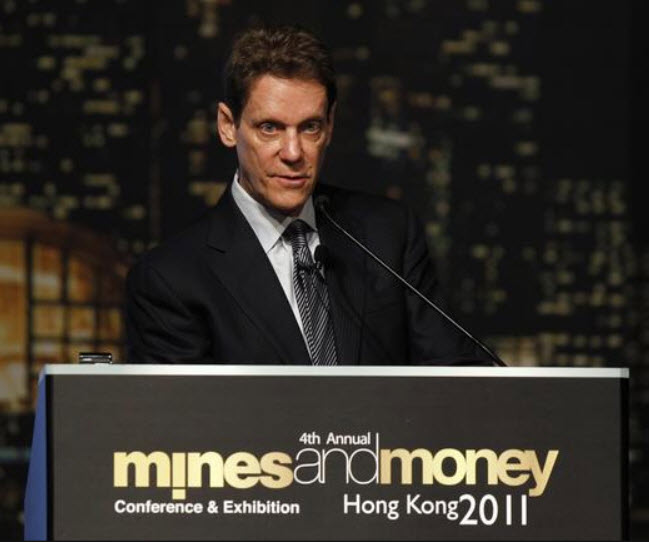
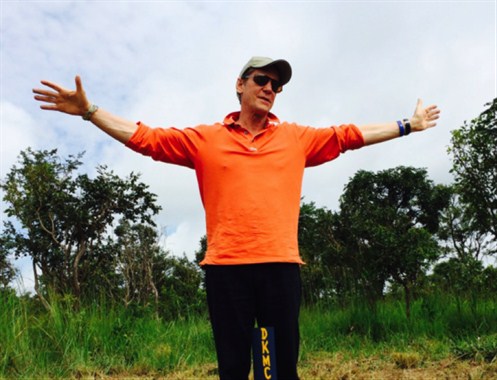
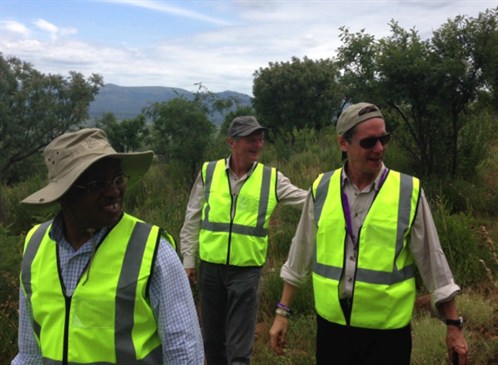
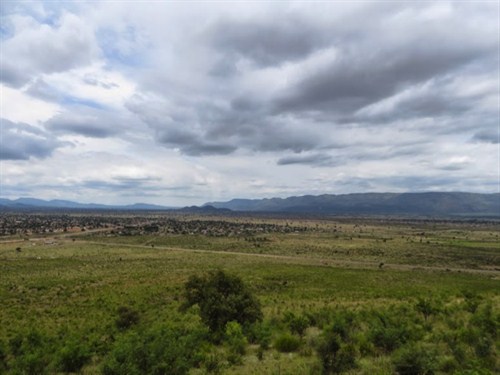
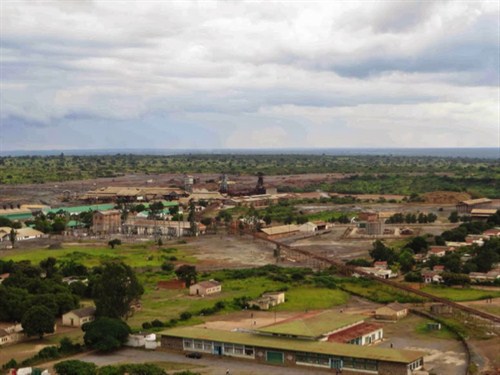
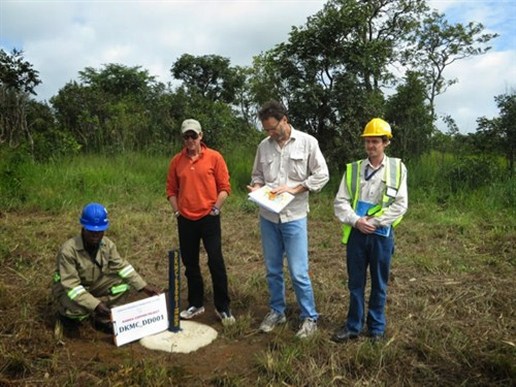
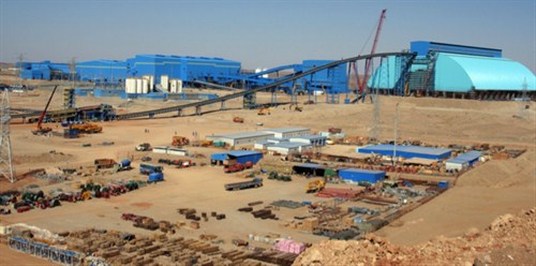
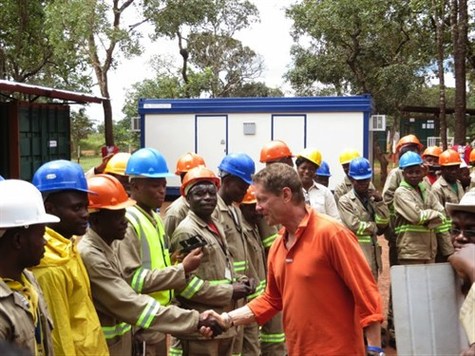
 RSS Feed
RSS Feed
